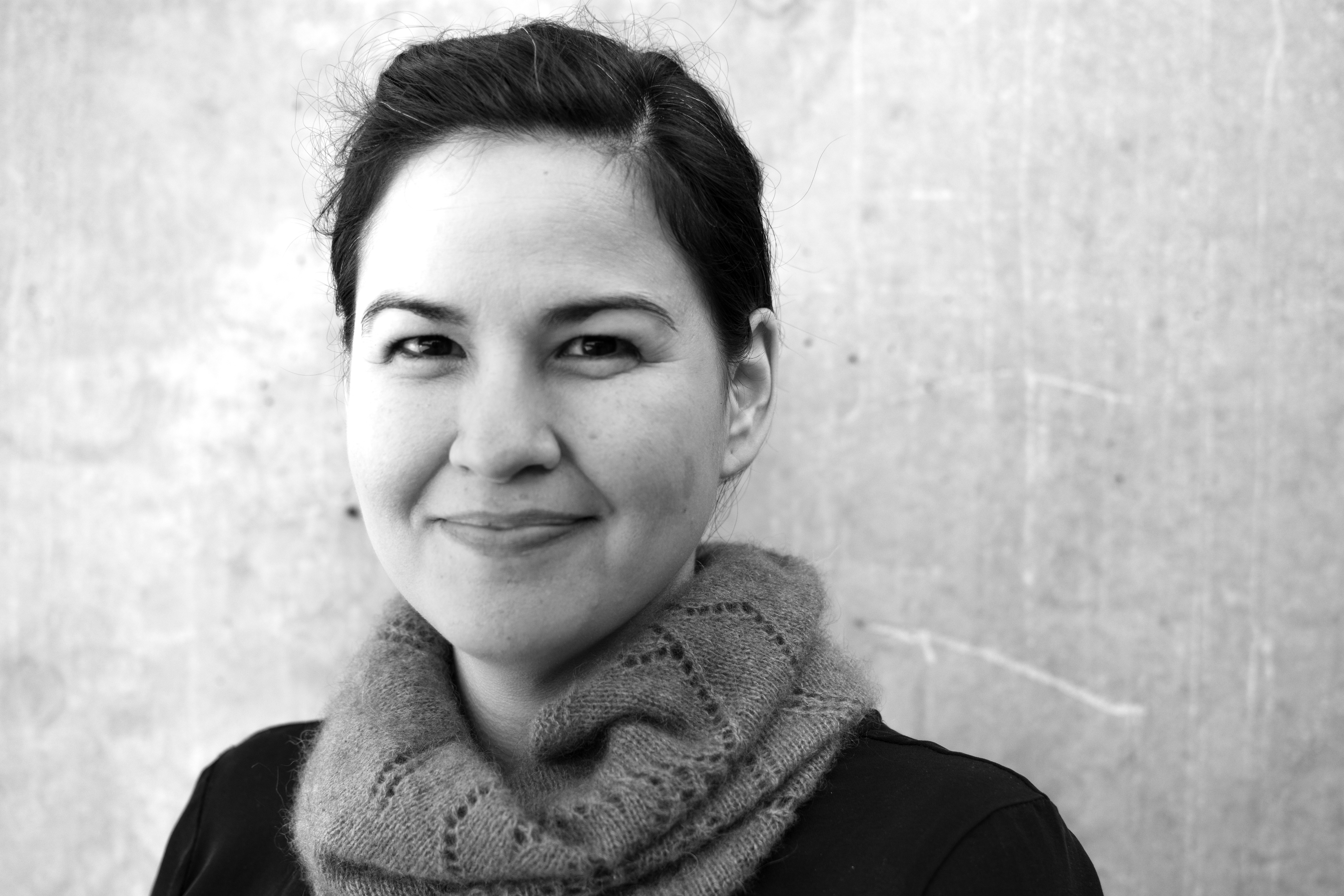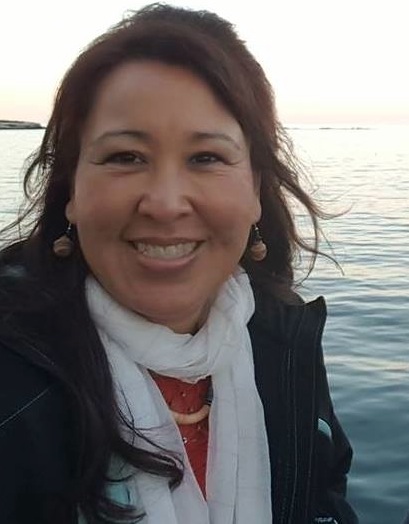Healing-Centered Engagement, a Relational Pathway for Advocates Walking Alongside Alaska Native People Healing from Violence

At the end of the summer of 2022, the Alaska Native Women’s Resource Center (AKNWRC) hosted their Healing Summit: Standing Together, We Take Our Power Back. This gathering, on the land of the Dena’ina (Anchorage, Alaska), brought together Elders, advocates, policy leaders, and Tribal, state, and federal agencies motivated to end violence against Alaska Native women and promote lasting healing of Alaska Native People and communities. Presentation topics ranged from laughter as resilience and a collective act of resistance; keeping families safe; culture as a protective factor; and updates on technical assistance. Dr. LaVerne Xilegg Demientieff (Deg Xit’an) presented her work on Healing Centered Engagement (HCE).
This paper highlights HCE as a pathway for advocacy centered on the wisdom of Elders and Alaska Native Values. Over time, walking alongside Elders (co-teaching social work curriculum and co-facilitating community training) and connecting with Deg Xit’an Elders to understand Deg Xit’an wellness, Dr. Demientieff observed the following five components (Five Cs) of Healing Centered Engagement: compassion, connection, community, curiosity, and ceremony1 (2022). The Five Cs are rooted in and reflect the collective spirit of our ancestors, Elders, community, and wisdom. Alaska Native People and communities flourish when we are in relation. The Five Cs honor and enhance our interaction with each other, our environment, and our spirit. Dr. Demientieff invites us to apply the Five Cs in our lives and work contexts.
In the context of violence and trauma, advocacy as Alaska Native relatives is especially difficult. We often show up as informal advocates for our friends, siblings, cousins, aunties, uncles, nieces, nephews, and grandparents. Given the incredulous rates of violence targeted on Alaska Native and American Indian People, it is not surprising that for Alaska Native advocates, as we do good work together in this area, advocacy can be a challenging, painful trigger of our own lived experiences and our own stress. Advocacy is a reminder that we too are healing, and we are also healers. The following section offers a walk through the 5 Cs of HCE from an advocate perspective. As you walk through these 5 Cs, I invite you to relate to the ways the 5 Cs are described here and to reflect on additional ways the 5 Cs are present in aspects of your life.

Compassion. As advocates of Alaska Native people, we are aware of the historical and contemporary context of trauma against our women and communities; this yields compassion for ourselves and each other. Practicing compassion for ourselves and others helps us to navigate intense emotions related to fear, anger, shame, and grief. It also fosters a safe healing environment that builds the potential for transformation through advocacy.
Connection. Violence, by nature, is a disruption to connection. As advocates, we model connecting and reconnecting with all aspects of ourselves (i.e., mind, body, heart, spirit, and environment). We also model connecting and reconnecting with our culture, family, community, spirituality, and environment. Advocacy in this context can look like being a companion for someone wanting to attend a community gathering who is struggling to connect or is feeling shame for not being connected with others. In this example, compassion helps an advocate anticipate the need for companionship in our relative healing from violence.
Community. Alaska Native People and communities, as with many Indigenous communities worldwide, had sustainable communities of care. For thousands of years, we have understood the sacred medicine that community offers and know our well-being and healing are possible through relationships with others. Today, advocates are united and are part of intentional efforts to create, nurture, and protect safe communities of care.
Curiosity. Our Elders and ancestors were cunning in their relationship with curiosity. They were and are scientists, observing, experimenting, listening, and sharing their knowledge with others. In the face of perceived obstacles, through curiosity, they were able to navigate the ocean, rivers, and sea ice. We are not bound or restricted to obvious sources of strength or knowledge when we are curious. Curiosity for advocates helping Alaska Native People heal from violence has the potential to focus on the silver lining in difficult situations and to connect to the light in a dark place. In the context of advocacy and the spirit of Alaska Native values, advocates are curious about the necessary healing for those who commit violence while promoting justice and accountability for those who commit violence.
Ceremony. Ceremony in the 5 Cs honors the legacy of ceremony in the survival of Alaska Native People and our culture. Ceremony allows us to access ancestral wisdom for healing and greater connection on this earth journey. Those who walk alongside Alaska Native Peoples are given the chance to learn the healing practices and ceremonies that have proven effective. An Elder once told me, “…our spirituality was practical.” Deep, slow, intentional breathing is a form of ceremony and has the potential to settle all aspects of our being.
Healing Centered Engagement centers not only Indigenous People, HCE is available to center all human beings on the path toward relational harmony and connectedness. Healing Centered Engagement is comforting as we navigate systems created by the occupying culture, which are foreign by design to Indigenous sensibilities. After attending both the AKWNRC Healing Summit and Advocate Training, I observed the healing impact of the transformational power of compassion, connection, community, curiosity, and ceremony. The 5 Cs helped us be in a state of compassion and enjoy companionship in communities of care we are part of. Although the pilot advocate training in February 2023 did not explicitly speak to the 5 Cs, the 5 Cs were embodied and expressed. The 5 Cs have since been formally incorporated into the AKNWRC Advocate Training Modules. I experience the 5 Cs as elements of prayerful gratitude for how compassion, connection, community, curiosity, and ceremony are present in my life and a prayerful request for how I can model and inspire healing-centered engagement with those in my life now and the ways not yet revealed to me in the future.
1Demientieff, L. & Frank, P. (2022). I Remember Who I Am: Deg Xit’an, Athabascan Perspectives on Wellness. In D. Danto & M. Zangeneh (Ed.), Indigenous Knowledge and Mental Health: A Global Perspective (1st ed.). Springer Nature Switzerland. https://doi.org/10.1007/978-3-030-71346-1





